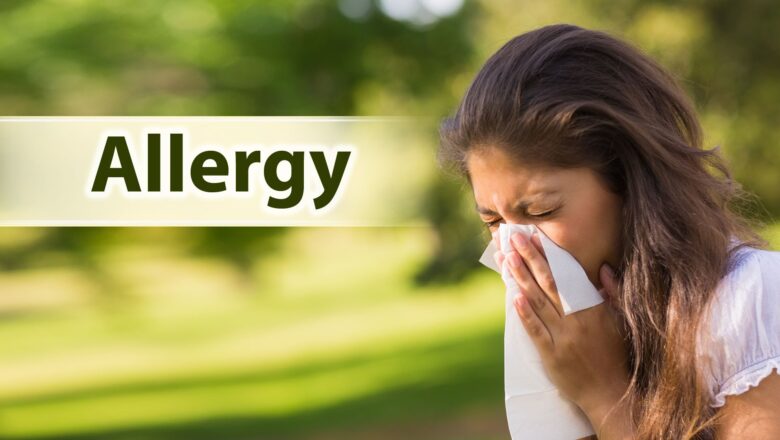
Menstrual Health
An important element of women's health is the menstrual cycle. It can usually be perceived as a troubled period for many women. However, adopting a conscious and healthy approach on menstrual health can improve your overall health. In this article, we will specify the basic information that should be known about it and the important clues that support this health.
What is the menstrual cycle?
The menstrual cycle refers to the time of a woman's menstrual start to the next menstrual start. On average, the menstrual cycle lasts 28 days. But this time may vary depending on personal differences.
Normal menstrual cycle and irregularity
A healthy menstrual cycle includes regular and painless menstrual bleeding. However, some women may experience menstrual irregularities, painful mens...

